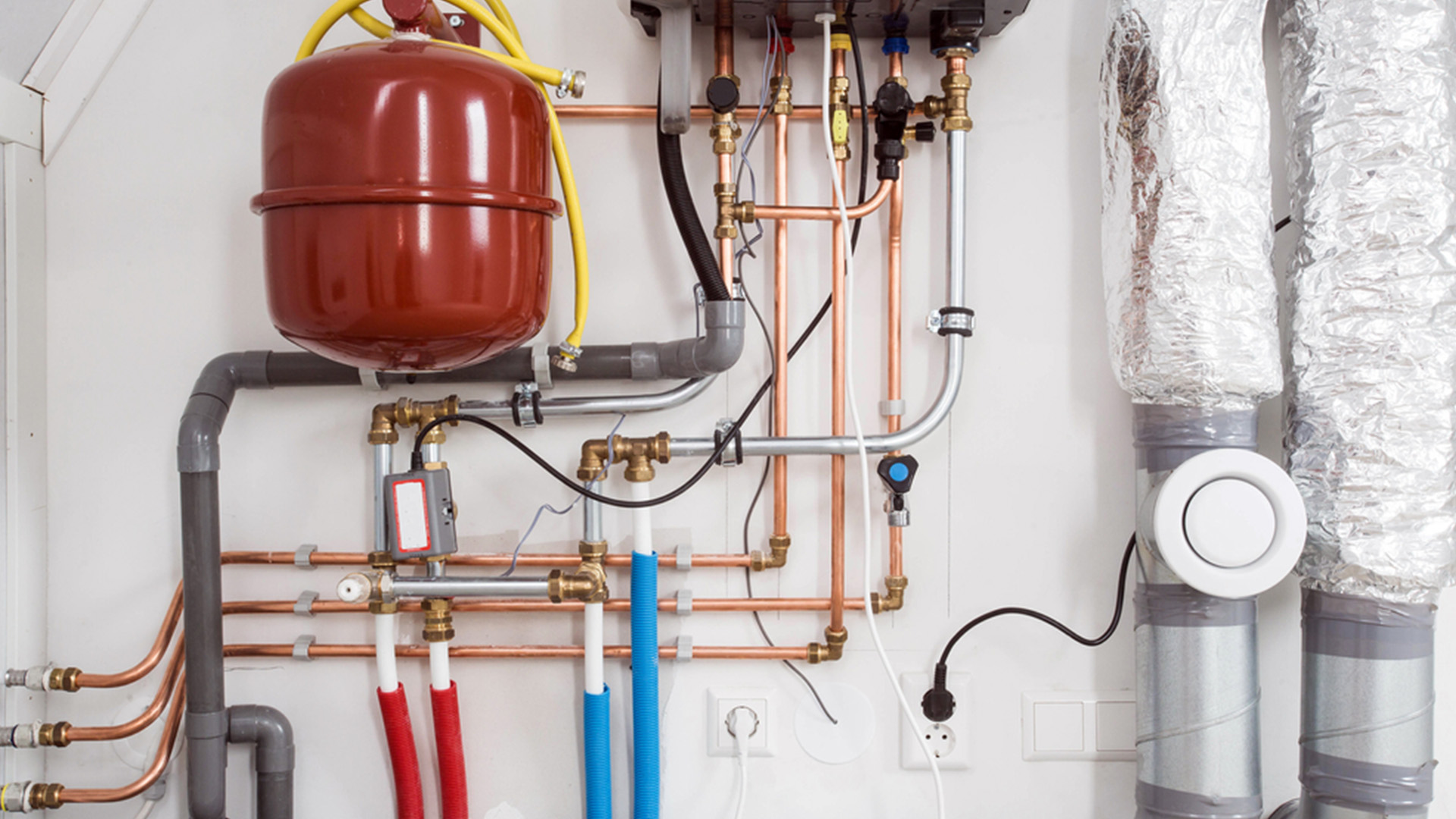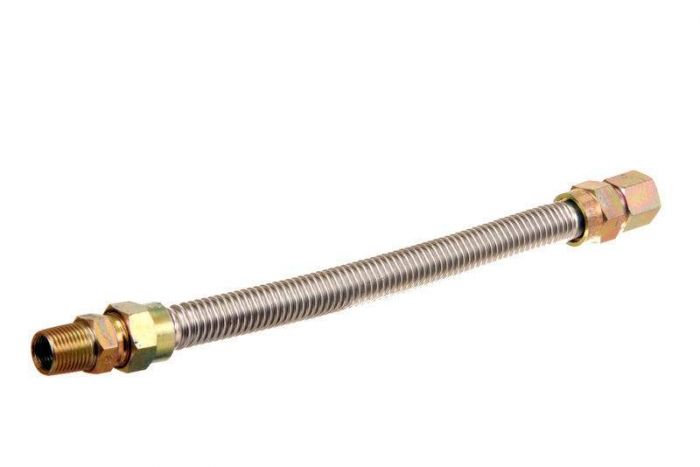Do you have a functional propane system at your home? If yes, you might require continuous checking and replacing of the accessories of a propane system. To keep your propane system running properly, you’ll have to maintain the components that control the flow of propane gas. Some components include a propane regulator and hose. A well-functioning regulator means your system has consistent pressure. Sturdy hose delivers the propane from the tank to your appliances without leaks. In this blog, we’ll discuss how to inspect and replace these critical components and how it ties into common concerns with propane tanks and refills.

Understanding the Propane Regulator and Hose
The propane regulator is a vital component that controls the pressure of the propane gas leaving the tank. Without a properly functioning regulator, appliances may receive too much or too little gas. This could result in inefficient performance, potential hazards, and system failure. No matter what size of propane cylinders you opt for, the regulator is very important in maintaining safety and efficiency.
Propane hoses are responsible for transporting gas from the tank to the appliance. Over time, hoses can wear out. Worn out hoses can cause cracks and leaks in the system. Inspecting the area routinely is essential to prevent gas leaks, which can be dangerous if not detected early.
Checking Your Propane Regulator and Hose
Performing regular inspections of your propane system can prevent issues before they get worse. Here’s how you can check both the regulator and hose:
- Visual Inspection: Manually check for signs of wear, tear, and rust on the regulator. The vent should be free of debris, and the body needs to be intact. Look for cracks, kinks, and brittleness in the hose. These could indicate impending leaks.
- Leak Test: A leak test can be performed by using a mixture of soapy water. Apply the solution to the hose connections and the regulator. If bubbles appear, there might be a gas leak. Then, you might have to replace the hose or regulator.
- Pressure Test: Regulators need to be tested to see if they maintain proper pressure. A malfunctioning regulator can be the reason behind weak flames and improper heating. If you’re unsure, your local propane supplier can help with pressure testing services.
- Check Expiry Dates: Propane regulators and hoses typically come with a recommended lifespan, which can range from 10 to 15 years. Check the manufacturing date stamped on your regulator, and replace it if it’s past its expiration.
How to Replace Your Propane Regulator and Hose
- Turn Off the Propane: Before replacing any parts, ensure your propane tank is completely turned off.
- Detach the Old Regulator and Hose: Using a wrench, carefully unscrew the connection between the regulator, hose, and propane tank. Be gentle to avoid damaging the valve.
- Attach the New Regulator: Attach the new regulator to the propane tank by screwing it into the tank’s valve. Make sure it’s tightly secured.
- Connect the New Hose: Attach the hose to the regulator and the appliance. Make sure that the connections are snug but not overly tight to avoid damaging the fittings.
Conclusion
The regulator and hose are critical components of your propane system. Regularly inspecting and replacing them when necessary not only ensures efficient propane use but also protects your home or business from potential dangers.


